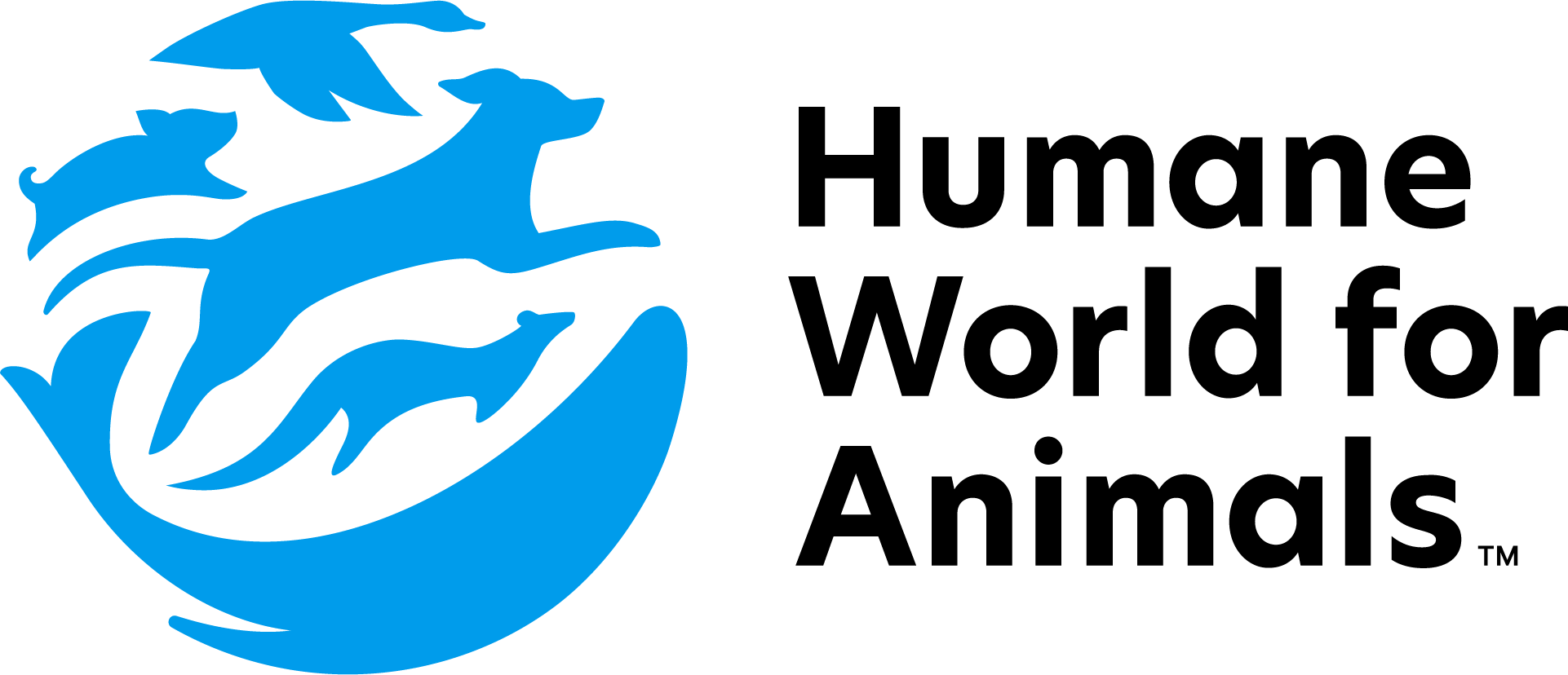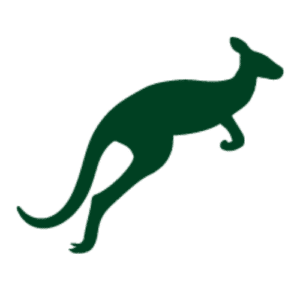Cressida Fforde and Scott Gorringe are the owners of Bylgara a property situated in Adaminaby, approximately 46km northwest of Cooma, New South Wales. Bylgara has high conservation values and biodiversity and is located within 5km of the Kosciuszko National Park. The property was originally a TSR: travelling stock reserve which was then converted to freehold and is largely untouched by intensive agriculture. The property is triangular – bounded by two creeks and a back fence. It is bisected by an old travelling stock route that accesses further properties in the valley. Over the past 10 years the landholders have undertaken weed removal of blackberry and briar. The property is also part of another land conservation program Land for Wildlife.
The property spans 25 hectares across wetland, swampy meadow in the valley floors, Eucalyptus woodland on the slopes and ridges and ‘secondary;’ native grassland where woodland vegetation has been cleared. Owners Cressida and Scott intend to increase the conservation values and the property’s role as nursery/sanctuary and potentially linking up with like-minded neighbours to form a corridor. The owners wish to undertake re-vegetation in certain areas and to continue to remove exotic species and replace them with relevant native species as well as fencing off wetland on the property to allow its recovery.
Native plant species found on the property include river buttercups (Ranunculus inundatus), scaly buttons (Leptorhynchos squamatus), stinking pennywort (Hydrocotyle laxiflora), bear’s ears (Cymbonotus sp.), bidgee-widgee (Acaena novae-zelandiae), gruggly bush (Melycytus sp. Snowfields), river tussock (Poa labillardierei), alpine baeckea (Baeckea gunniana), black sally (Eucalyptus stellulata), dagger wattle (Acacia siculiformis), small-fruit hakea (Hakea microcarpa), native raspberry (Rubus parvifolius), mountain mirbelia (Mirbelia oxylobioides), common wheatgrass (Anthosachne scabra), weeping ricegrass (Microlaena stipoides), native reed (Phragmites australis), common maidenhair (Adiantum aethiopicum), necklace fern (Asplenium flabellifolium), rock poa (Poa induta), mountain gum (Eucalyptus dalrympleana), Australian anchor plant (Discaria pubescens), yellow wood sorrell (Oxalis perennans), native violet (Viola betonicifolia), trigger plants (Stylidium graminifolium), kangaroo grass (Themeda triandra), plumegrass (Dichelachne sp.) and weeping ricegrass (Microlaena stipoides).
The property provides habitat for a range of species including short-beaked echidnas (Tachyglossus aculeatus), common wombats (Vombatus ursinus), eastern grey kangaroos (Macropus giganteus), swamp wallabies (Wallabia bicolor), common brushtail possums (Trichosurus vulpecula), platypuses (Ornithorhynchus anatinus), bush rats (Rattus fuscipes), eastern blue-tongue lizards (Tiliqua scincoides), alpine copperhead snakes (Austrelaps ramsayi), scarlet robins (Petroica boodang), crimson rosellas (Platycercus elegans), sulphur-crested cockatoos (Cacatua galerita), galahs (Eolophus roseicapillus),king-parrots (Alisterus scapularis). Due to the location and habitats that Bylgara provides it is also likely that the property could be inhabited by threatened species such as the gang gang cockatoos (Callocephalon fimbriatum), dusky woodswallows (Artamus cyanopterus), flame robins (Petroica phoenicea) and mammals like the eastern false pipistrelle (Falsistrellus tasmaniensis) and large bent-winged bat (Miniopterus orianae oceanensis).


